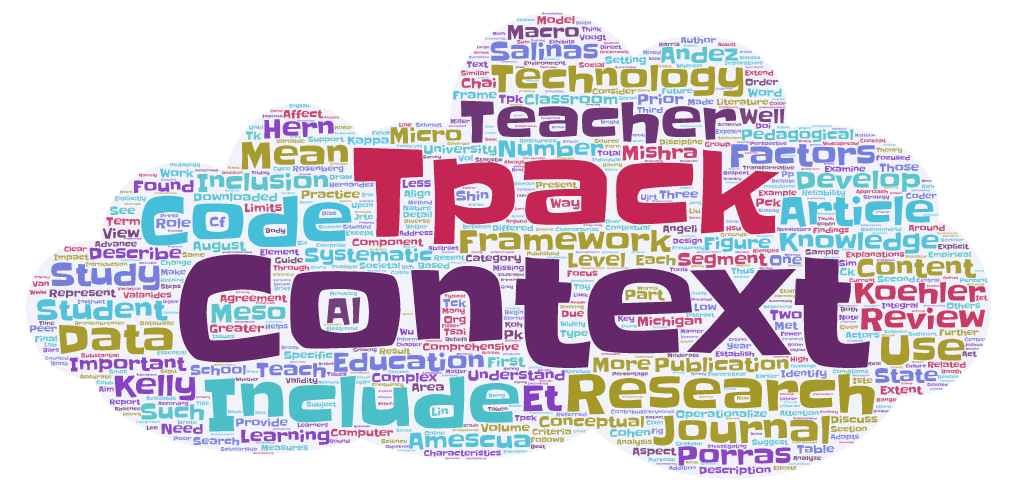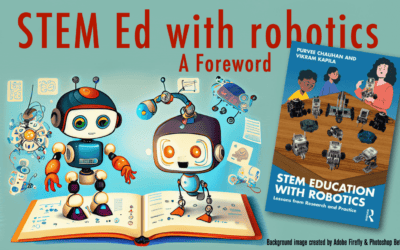Andrea Francis and I recently presented a paper at AERA titled “Differences in children’s verbal responses and behavioral interactions with anthropomorphic toys.” The abstract is as follows:
Interactive toys for children are becoming more popular for both play and educational purposes, yet an understanding of the dependent measures used to study such interactions has not yet been explored. This study takes advantage of the idea that robotic animals exhibit both ‘living’ and ‘pretend’ qualities and are therefore ideal for studying children’s understanding of what it means to be ‘real’ and how this belief affects behavior. A total of 25 children from three to eight years old, in 12 play sessions were interviewed about what makes something ‘real.’ The same children were observed while playing with three different toys with different levels of interactivity. Results found that even though children said the toys were ‘not real,’ they treated the more interactive toys as if the toys had ‘real’ and ‘intentional’ qualities. Potential reasons for such a difference in verbal and behavioral reactions are discussed.
You can read the paper here (pdf), or see the presentation (swf) below. Note: The embedded videos do not show up in the flash version.
Or see it full screen, by clicking here.





0 Comments